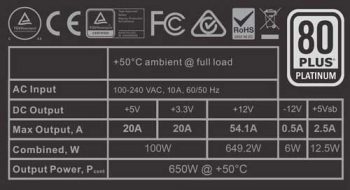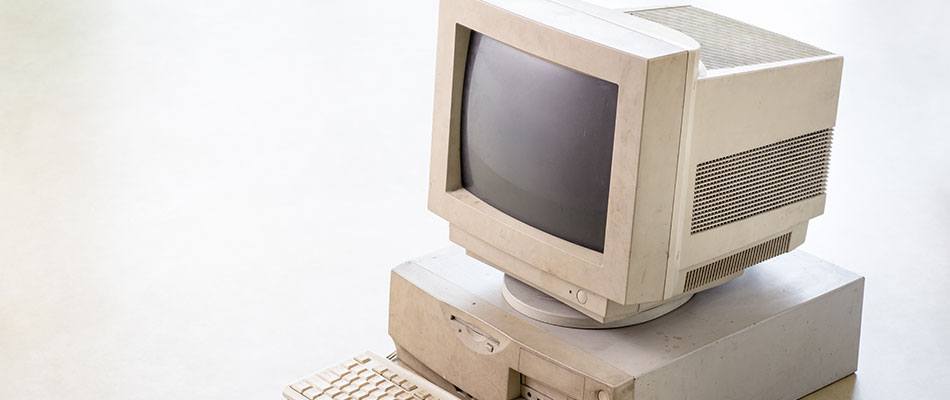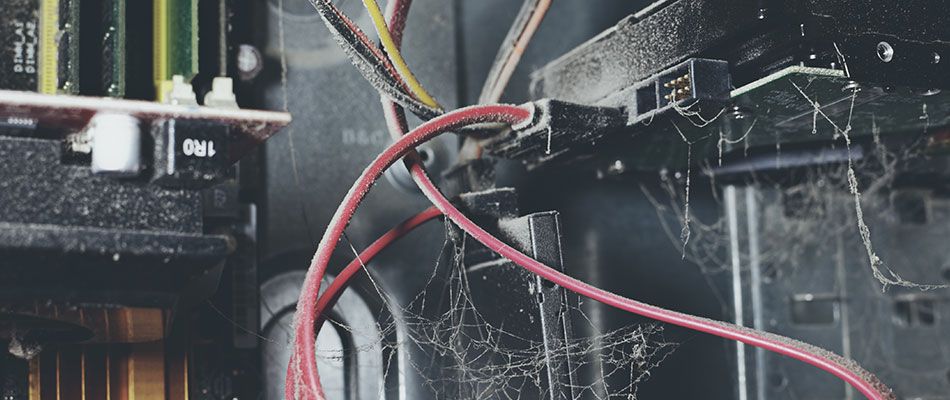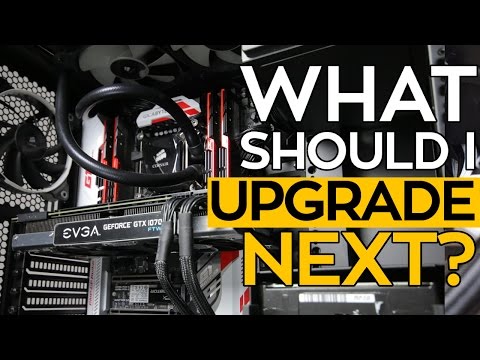What Should I Upgrade On My PC For Gaming
When should you upgrade an old gaming computer?
Upgrading hardware is a normal part of owning a gaming computer, but knowing when to do that can be challenging. New hardware always releases, but you might not have to upgrade whenever something more unique comes out.
A GTX 780 might not need an upgrade yet, but a GTX 750 would. There’s a similar trend with processors, an older Intel i7 4790K might be excellent, but an i3 4160 could do with an upgrade.
Your hardware?
First, you want to figure out what hardware you’re running. You can do this in several ways so let’s go over two easy ones right now.
If you already know what you’re running, skip to the next section. The main parts we’re concerned about right now are the CPU, GPU, and RAM.
1.) Bringing up the DirectX Diagnostics Tool is often the easiest way to check your most important specs. Every Windows-based computer has it installed by default, so this isn’t a program you have to download. You have to click Start, type “dxdiag,” and open the first program that comes up (assuming it’s the tool we’re looking for).
All you have to do is click Start, type “dxdiag” and open the first program that comes up.
Doing that will bring up a helpful utility for quickly checking what processor you’re running, the amount of RAM you have, and the graphics card you’re running. These are the most critical components you want to consider in gaming.
2.) Another easy way is to open System Information. This is another utility installed on basically all Windows-based systems by default. Like with DX Diagnostics, click Start and type “System Information.” It should come up first. Open that, and you’ll have access to way more than DX Diag can give. Everything we need can be found under “System Summary” and “Components > Display.”
HWMonitor or another third-party program will also work if you have anything like that installed.
You want to take a quick note of your processor (CPU), graphics card (GPU), and the amount of system memory (RAM) you have.
 It would help if you also took note of your power supply and its specs. Since your PSU doesn’t interact with your motherboard other than supplying power, you need to check the physical sticker that’ll be slapped on the side of it.
It would help if you also took note of your power supply and its specs. Since your PSU doesn’t interact with your motherboard other than supplying power, you need to check the physical sticker that’ll be slapped on the side of it.
Without getting too picky or technical, you’re looking for two things listed on your PSU; an 80+ rating and the amount of wattage it’ll supply. If your supply does not have a sticker or specs listed, it might not be in your best interest to keep using it.
Is your hardware good enough?
Now that you know what kind of hardware you’re dealing with, you can determine whether they need upgrades. Knowing how and when to upgrade your desktop effectively boils down to understanding your hardware.
As a general rule, higher-end processors last a lot longer than graphics cards and low-end processors do. Same with graphics cards. That said, without even considering the age of your hardware, we can look at data and get a good idea.
The Steam Hardware Survey is a great way to check what everyone else is running in their gaming rigs. The survey tells us that most people run 4-core CPUs, a GPU with roughly 2-4GB of VRAM and 8GB of RAM or better. When writing this, 12GB+ of RAM is slowly overtaking 8GB as the norm, and 4-6GB of VRAM is quickly replacing 2-4GB.
Working backward, you want no less than 8GB of RAM for the vast majority of games, an absolute minimum of 2GB of VRAM on a newer GPU, and a CPU with at least four physical cores.

But let’s pretend your PC doesn’t look anything like that.
Let’s pretend you’re running an old dual-core i3 3320 processor on a locked motherboard, a 1GB HD 5500 graphics card, and 4GB RAM. Not an ideal setup for gaming in 2018 by any means. Modern games struggle to run at even 30fps, and even your old favorite, CS: GO, puts severe stress on the system. On top of all that, your PSU is equally old and does not have an 80+ rating.
What do you upgrade first?
In this situation, you’re not looking at an easy or cheap decision. The processor is dated and relatively weak, the amount of RAM is subpar for gaming, and the GPU is very lacking. This desktop would need upgrades all around.
Not ideal. But it might be the only reasonable option for a build like this; well, starting fresh with a new body. Upgrading to a more robust 3rd gen CPU like the i7 3770 would be a waste of money, and buying more DDR3 RAM is getting pointless as well.
In many cases, a build like this is better off being retired and replaced. It might be a little more expensive right away, but it’ll ultimately be cheaper in the long term. Even my $500 budget gaming PC build would work as a massive upgrade in comparison.
On the other hand, say you have a desktop you picked up a few years ago that’s running an i7 4790, 8GB of RAM, and a GTX 760 with 2GB of VRAM. The higher-end i7 4790 processor is still relevant today and packs more than enough power to handle modern AAA games. But the GTX 760, on the other hand, is quickly falling behind; upgrading it to a newer 10-series GPU like the GTX 1060 with 6GB of VRAM would be a great choice without spending an insane amount of money. That upgrade would nearly double your gaming performance without changing anything else.
A good upgrade?
By now, you’ve checked out your specs, compared them to the average, and determined you’re probably due for an upgrade.
It’s finally time to pick out good upgrades that make sense. Sure, you could go through and pick the best of everything; there’s no harm in that. But if you’re looking to burn as little money as possible, you will have to make intelligent choices.
Generally speaking, you almost always want to stick with the current generations of components. Sometimes you can find a good deal on an older high-end graphics card or processor, and that’s fine, but for the most part, you want to buy the newest parts possible. This will ensure you simultaneously get the most out of your money and the most extended hardware lifespan possible.

With that in mind, finding good parts to upgrade is pretty simple. Just make sure you’re doing research beforehand because “sideways upgrades” are real, and sometimes you won’t need to upgrade at all we’ve covered.
Say, for instance, you have a GTX 760; upgrading it to a GTX 1050 would give you almost the same amount of power even though it’s a much newer card.
Or maybe you have a GTX 980 but want to spend a little less this time and get a 6GB GTX 1060. There would be almost no point as they’re packing practically the same amount of power. Between those cards, there’s only a 5-8% difference in performance which isn’t worth spending $300 for – you’d be better off saving up a bit more and getting a more powerful GPU like the GTX 1070.
It’s similar to processors. If you have an excellent high-end processor that’s a few years old, like an i7 4790K or similar, there’s no point in going any lower than an i7 7700K or an i5 8600K. If you upgraded to, say, an i7 6700K, you probably wouldn’t notice a difference in gaming performance outside of benchmarks; not ideal. Keep in mind that whenever you upgrade your processor to a new generation, you’ll probably require a new motherboard and a fresh install of your operating system.
Keep these two things in mind, and you’ll be good to go:
- Always research first. Search around for comparative benchmarks of your parts vs. new parts.
- Don’t waste your money on pointless upgrades.
Conclusion
By now, you should have a good idea whether or not your PC needs an upgrade. Considering you’re looking around the internet to determine if your computer is obsolete, it probably is. Save yourself a headache and upgrade! You know which parts to get and how to install them; there’s only one thing left to do – take action.
It boils down to answering the questions of “how old?” and “what tier?”. Old and low tier? Time for an upgrade. Old and high-end? Depending on how old you are, you might still have some time left.
If you’re still unsure, don’t hesitate to ask in the comment section. Post the specs we figured out earlier (CPU, GPU, RAM, and PSU), and I’ll let you know the best course of action.
Author’s Opinion regarding the What Should I Upgrade On My PC For Gaming
The What Should I Upgrade On My PC For Gaming has compelling features, while considering the security purpose, priority is very high. No VPN or RDP is required for the said purpose. In some cases, the emulator also works fine, and middleware software is vital for smooth functioning. Therefore, the author recommended the What Should I Upgrade On My PC For Gaming for your personal use and has no issue regarding the installation on PC (Windows and Mac). I hope you also use it without any trouble. If you have any problems, please mention them in the email, and we will provide you answer with proper solutions. Please like and share with others. We made a lot of effort while collecting the software for your download.
